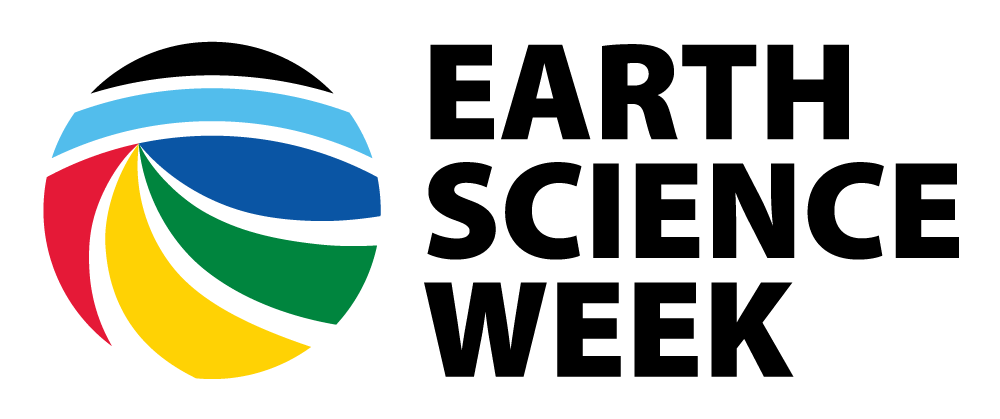Mineral Identification Activity Source: Adapted from Women in Mining Education Foundation Education Activities
Purpose To teach the student to identify minerals by observing and testing the physical properties of each mineral.
Instructions Set up mineral stations for each mineral the students are to identify. If necessary, some stations may have two minerals to identify. Each station should be equipped with one each of the following items: Glass plate Penny Streak plate (white unglazed porcelain) Magnet Water Balance Scale Graduated cylinder (for specific gravity test) Steel Nail Divide students into equal groups.
[Read More]
Mining Creates Reservoirs and Habitats
Mining Creates Reservoirs and Habitats Activity Source: Source: Minerals Education Coalition.
Adapted with permission.
There is an important interconnection between local mines and quarries that later become reservoirs and supply crucial water resources to local communities. The life cycle of a mine has different phases. Production supplies important resources such as construction materials and other important minerals. Then with the mine’s closure and reclamation, it is sometimes used for freshwater
[Read More]
Mining Makes Life Possible
Mining Makes Life Possible Activity Source: Minerals Education Coalition
Background Think of items you use on a daily basis. Mining is necessary to obtain materials for transportation, lighting, heating/cooling and housing, as well as for food, clothing, health, and safety. Mining removes materials such as rocks, minerals, and metals from the Earth to make products we need in our everyday lives.
Materials Paper/pencil or computer (with internet access) Crayons/markers Graphic Organizer Procedure For each of the categories in the diagram, list your favorite thing or things that you use regularly.
[Read More]
Mitigating the Effects of Landslides
Mitigating the Effects of Landslides Activity Source: Society of Exploration Geophysicists. Developed by Lindsay Mossa, AGI
Landslides occur when the soil or rocks on a hill or mountain are loose or unstable and fall down the slope. Landslides are a natural hazard and greatly affect people who live on or near unstable land. Common triggers of landslides include heavy rains and earthquakes, which occur in many places around the world. Mitigation strategies are developed and built by people to prevent or reduce the effects of landslides.
[Read More]
Model of a Normal Fault
Model of a Normal Fault Activity Source: This model is one of a number that can be found on the Explore Earthquakes CD-ROM Teacher Resource available from the Geological Society of America.
Background A normal fault occurs when rocks break and move because they are being pulled apart. As the area is stretched, the rocks move along the fault. Each movement causes an earthquake. This model demonstrates how a block of rock is extended by a normal fault.
[Read More]
Model of a Well
Model of a Well Activity Source: Nebraska Earth Systems Education Network, School of Natural Resources, by Marianne Bonnemier
Background Groundwater is contained in the zone of saturation below the land surface. The top of this zone is known as the water table. People can tap into this source of water by drilling wells. The depth of the well and level of the water table greatly influences the wells productivity.
Objective Demonstrate the relationship of groundwater to wells.
[Read More]
Modeling an Oil Reserve
Modeling an Oil Reserve Activity Source: Adapted with permission by the American Association of Petroleum Geologists
from AGI’s Earth System Science in the Community (EarthComm), 2005.
Background Since 1970, oil and natural gas have provided more than half of the energy used each year in the United States to produce electricity, heat, transportation fuels, and many everyday products from balloons to vitamins. Oil and natural gas are forms of petroleum, a word that literally means “oily rock.
[Read More]
Modeling Earth’s Water — Fresh vs. Salty
Modeling Earth’s Water — Fresh vs. Salty Activity Source: Source: U.S. Geological Survey.
Adapted with permission.
We drink water every day — we can’t live without it! About 70 percent of Earth’s surface is covered by water, but how much of Earth’s water is actually drinkable? In other words, how much is liquid freshwater — not salty or frozen?
Materials
• Globe or world map
• Water cycle diagram
• 100 gummy bears
[Read More]
Modeling Earthquake Waves
Modeling Earthquake Waves Activity Source: American Geophysical Union. Adapted with permission from Investigating Earth Systems , American Geosciences Institute.
An earthquake occurs when massive rock layers slide past each other. This motion makes enormous vibrations, which travel from the site of the earthquake in waves.
The waves (seismic waves) travel all the way through the Earth. Seismologists can record these waves when they reach Earth’s surface using seismographs.
Earthquakes generate three kinds of waves: Compressional waves (P waves) travel the fastest.
[Read More]
Modeling Oil and Gas Reservoirs
Modeling Oil and Gas Reservoirs Activity Source: Adapted with permission by the American Association of Petroleum
Geologists from AGI’s EarthComm, Earth’s Natural Resources, pp. R65-R66.
This activity will help you to understand some of the factors that petroleum geologists need to consider when deciding where to recommend drilling for oil. Since people use petroleum products for energy and as source materials for petrochemicals, it is important as citizen scientists to understand the science and technology behind the search for oil and natural gas.
[Read More]
